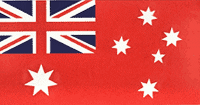 SPARROW FORCE UNITS |
|
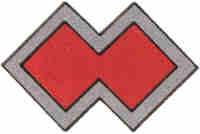 2/2nd 'double diamonds' 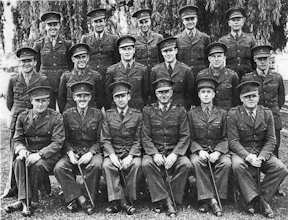 2nd Ind. Coy. officers  Officers in East Timor 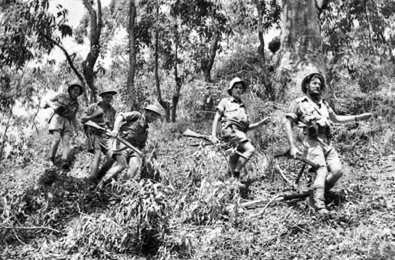 A section on the move 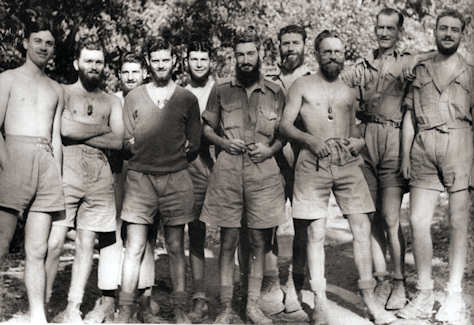 Timor
commandos Timor
commandos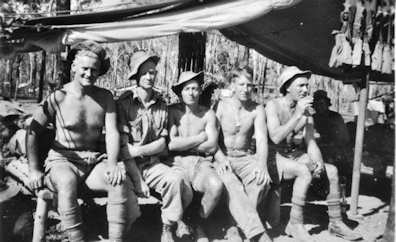 Kevin Curran group 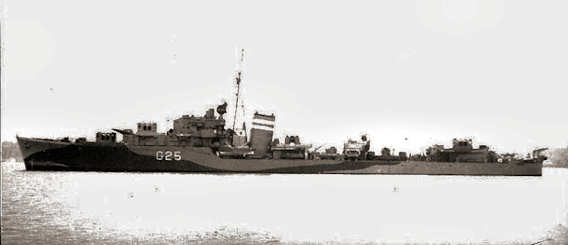 Tjerk Hiddes |
2nd INDEPENDENT COMPANY (Commando)
- also known as 2/2nd IND. COY...
The 2nd
Independent
Company was from West Australia and trained at Wilsons Promontory in
1941.
The 2nd Ind. Coy. left Darwin on the S.S. Zealandia on 10th December 1941 after two days of loading. Wharf labourers staged a 'go slow', broke boxes and pilfered contents; men went onto the wharf to sort out the problem. Wharfies refused to load ammunition. The anti-war union lost any camraderie with the Japanese after at least 21 of them died in the Darwin bombing 6 weeks later.
In East Timor, force composition and officers-in-charge of the 2nd
Independent Company were: On the same evening of their landing at the Paha River in West Timor, the Japanese 228th Regiment landed at Dili. Both landings were unopposed due to poor intelligence and misunderstanding. Radio contact was lost with Australia after the quick exit from Dili. Brigadier Veale ordered the radio at Atamboa destroyed and 'every man for himself'. This rendered the group ineffective; some of the men threw away their firearms so that if they were caught by the Japanese, they could claim to be non-combatants. It is ironic that when Veale met up with A Platoon's No.1 section near Mape, with Timorese ponies loaded with fresh linen, Scotch and other luxuries, he expressed surprise at the unshaven commandos appearance. Lieut. Dexter replied 'But we still have our weapons'.
Contact was eventually made with Australia on 24th April with a jerry-built radio nicknamed 'Winnie the war winner'. After their identity was confirmed, the commandos requested boots, quinine, money and Tommy guns ammo and resupply missions commenced. Platoons and sections operated over a wide area which made it hard for the Japanese hunting them down. The Australians had tremendous support from the local population and native criados, a key in guerilla warfare. At first supplies were dropped by aircraft however following resupply by sea on the south coast permitted larger loads and personnel transfers.
On
15th September, the 2nd Ind. Coy. was joined by Lancer Force, the
250-man strong 2/4th Independent Company. They landed at Betano Bay
from the HMAS Kalgoorlie
|
|
Copyright © 2012-2013 Please report any site problems/questions such as broken links here. |
|